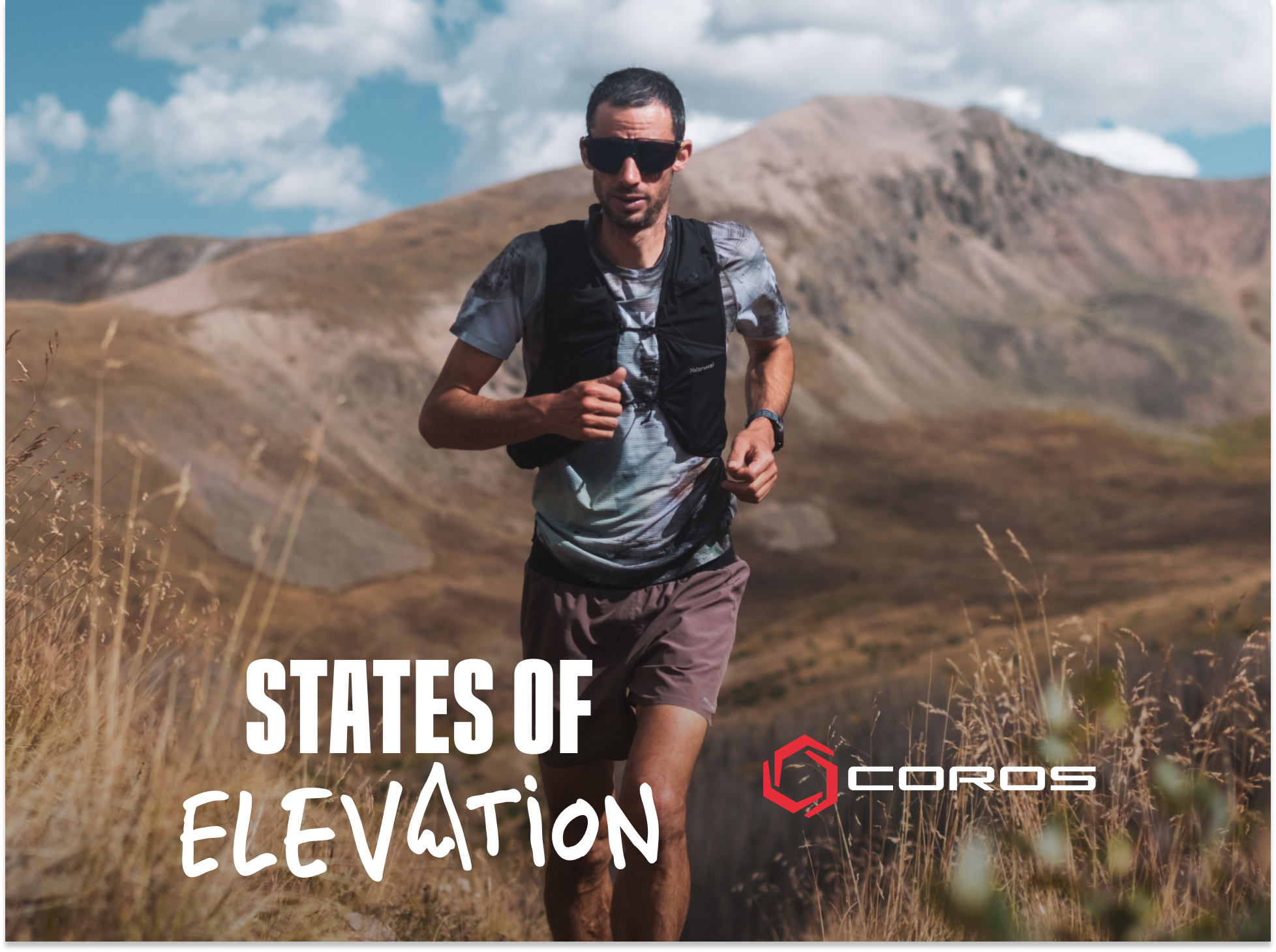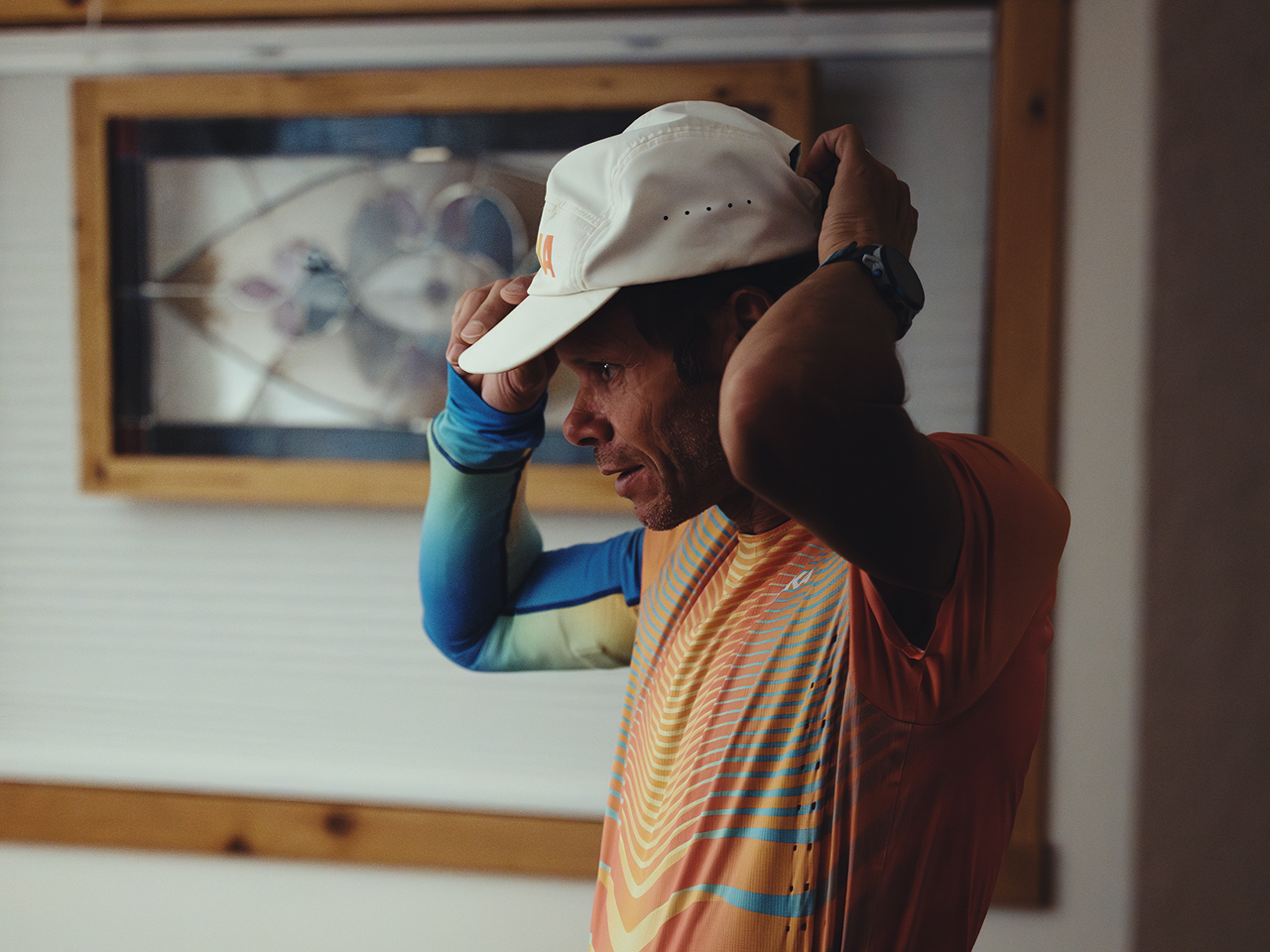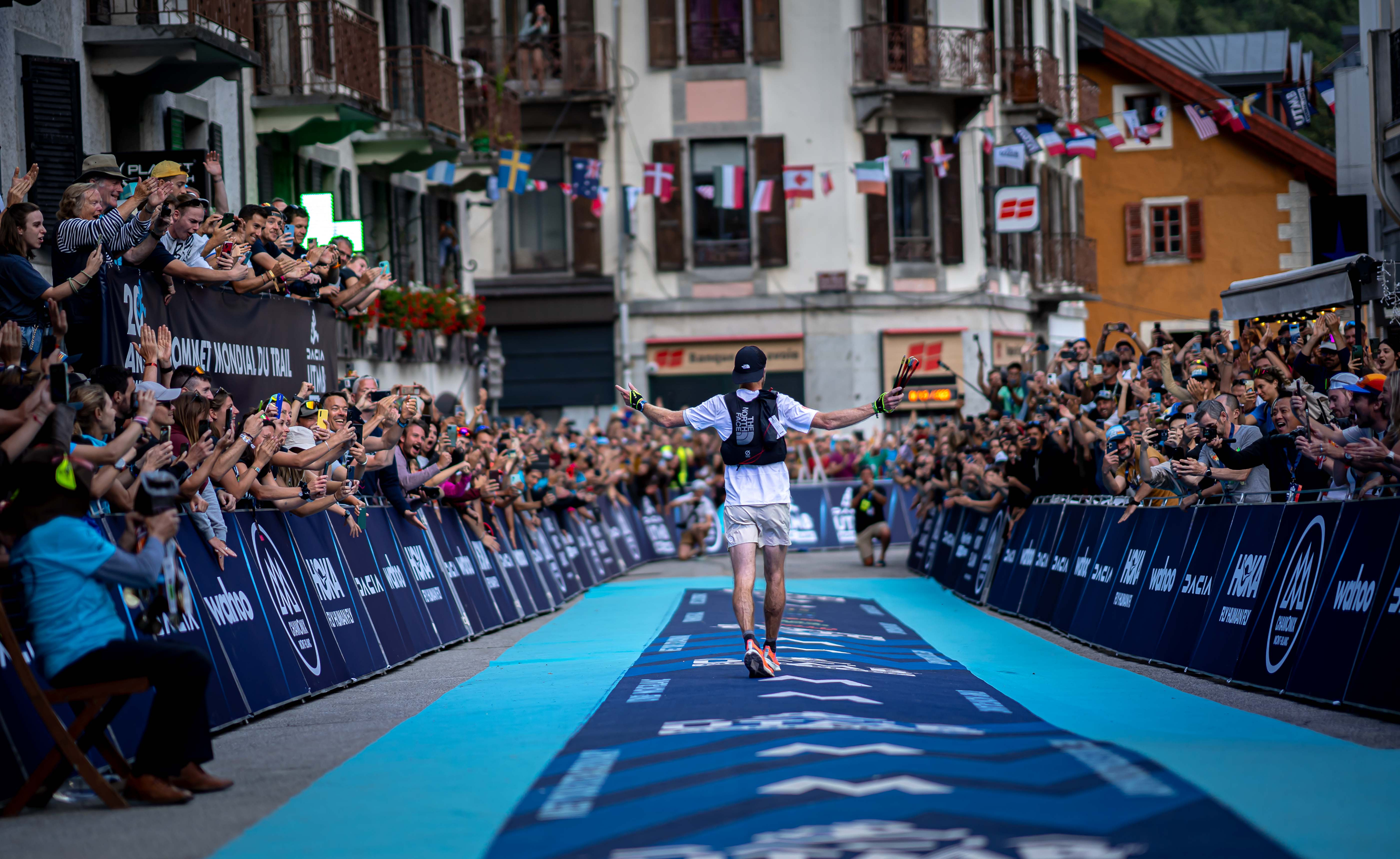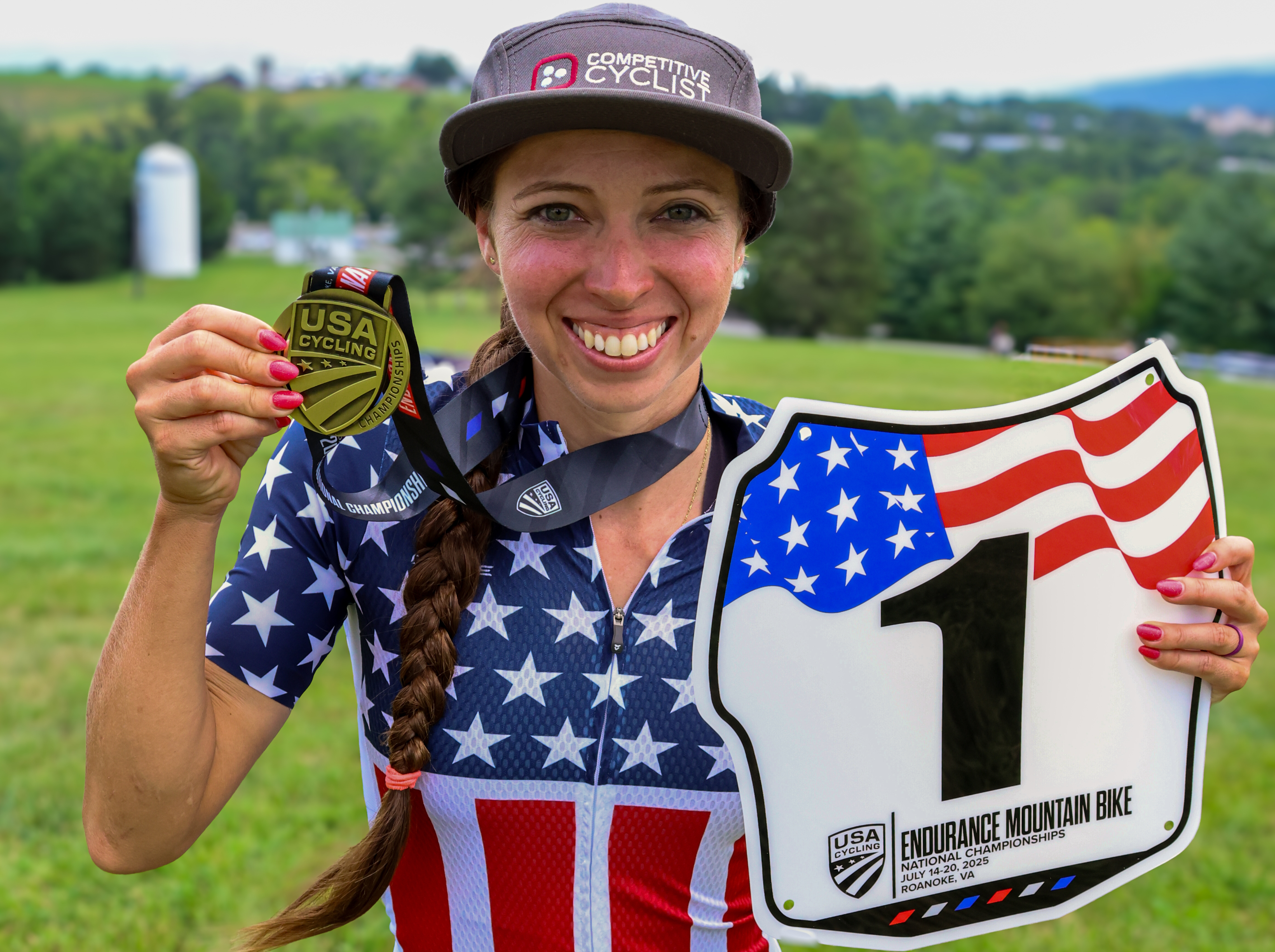Along the rugged terrain of the Appalachian Trail, a 2,197.4-mile route of rock, root, and community, John Kelly spent 35 days chasing a dream that would test every fiber of his being. He came up 300 miles short of the Fastest Known Time he sought after suffering a lower leg injury, but left stronger with the revelations he unearthed along the way.
Kelly, a 40-year-old data scientist, father of four, and finisher of the infamous Barkley Marathons, pushed himself through a brutal blend of searing heat, relentless elevation, and the silent grinding mental toll of moving 16-20 hours a day.
“This was the biggest thing I’ve ever done,” he said. “I kept telling myself: This is what I was made for.”
The Science of Endurance
Kelly’s approach to the Appalachian Trail was anything but reckless. With a background in engineering and data science, he dissected every variable: heart rate, sleep patterns, elevation profiles, and nutrition. Before setting off, he trained by stacking 15-hour and 8-hour days on the trail, refining his logistics as much as his legs.
His COROS APEX 2 PRO told the story: 94% of his time in heart rate Zone 1, rarely allowing his pulse to exceed 145 beats per minute. He averaged 56.4 miles per day prior to injury, while at times climbing 14,000 feet or more, equivalent to tackling Colorado’s tallest mountains daily. "I set my watch to alert me if I ever went above 145 bpm. This kept me at an effort I knew I could manage."

Yet numbers only capture so much. As temperatures soared into triple digits in Vermont; on days locals called the hottest they’d ever felt, Kelly’s body began to falter. His resting heart rate climbed above 70, and heart rate variability plummeted below 40. “I’ve never seen those numbers in my life. On a normal day-to-day level my RHR is 40 +/- 5 and HRV sits between 120-200” he said.
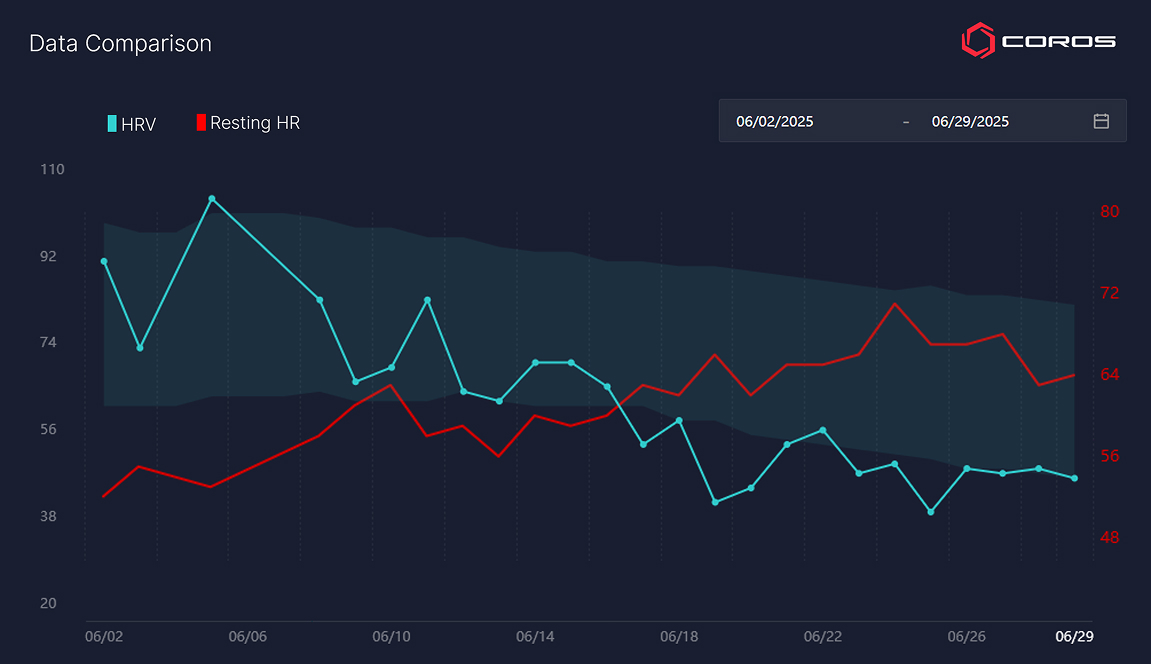
A Recipe of Terrain, Weather, and Pain
The Appalachian Trail is many things: a footpath through America’s oldest mountains, a living museum of biodiversity, and a gauntlet of every obstacle nature can throw at a hiker. Kelly’s journey brought all of it, from slick, rain-coated rocks to technical descents around every bend.
“The elevation wasn’t the worst part,” he said, given his expertise as an ultra-runner for a decade plus . “It was the footing. Some days, the trail was just jagged, with wet rocks and impossible to run.”
He wrestled with the small injuries that metastasize across weeks of effort: blisters he’d never experienced in previous endeavors, searing foot pain, and a growing sense that every day’s mistakes compounded into the next.
A Mind on the Edge
On day eight, as fatigue and pain began to engulf him, Kelly found himself in what he called “the largest mental hole I’ve ever been in.” However, at that moment, Kelly found his first Trail Angel moment, which have a long history on trails such as the A.T. A police escort was waiting for him at the trailhead and celebrated him through town where he eventually found his hotel with a warm shower and comfort. Demonstrations along the way from the local community played a significant role in Kelly continuing on his quest of testing his personal limits.
“It’s 50% physical, 50% mental,” he said. “No matter how strong you are, it’s going to hurt. And you’re going to want to quit.”
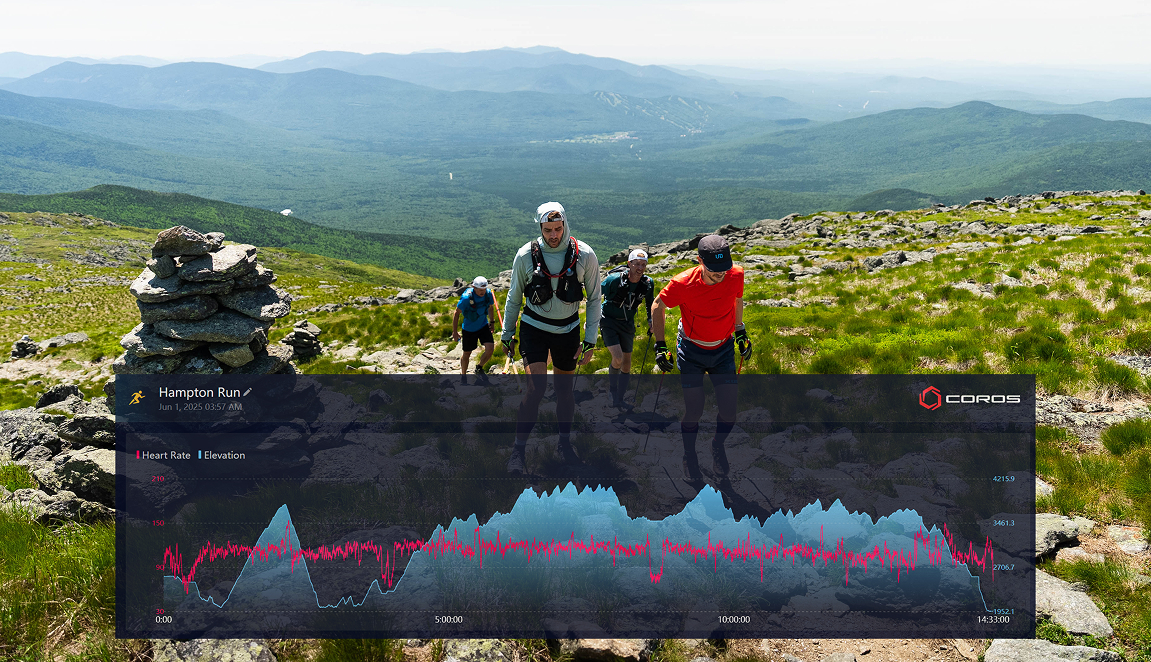
The Beauty of Community
If there was a silver lining in the suffering, it was in the outpouring of support. “People from Georgia to Maine, every background you can imagine, came out to help me,” he said. “The community... feeling it come together, will have the longest lasting impact on me.”
And it wasn’t just moral support. His journey raised over $60,000 for communities affected by Hurricane Helene, adding to more than $100,000 raised across his athletic pursuits.
The Small Moments and the Big Lessons
As he shuffled north, Kelly missed the quiet ordinariness of his life: the couch, pizza nights with his kids, evenings by the lake near his home. “Day-to-day life is pretty great,” he said, reflecting on the odd luxury of normalcy. Yet he also found profound inspiration in the idea of his children watching him take on one of his largest challenges and what it means to push onward.
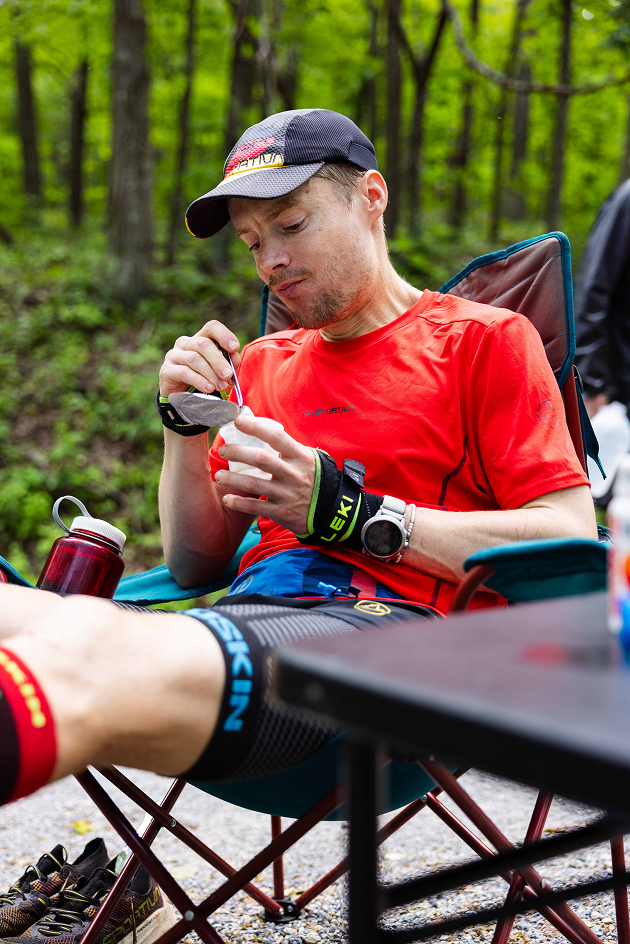
As with any large project in your life, there is a learning opportunity to his time on the trail. He’s already documented every lesson learned, from foot care to heat management as he imagines how he’d change things if he tries again. “I’d start with looser shoes, more sleep from the start, and a better understanding of how heat carries over into later days."
Preserving a National Treasure
Beyond personal triumph or heartbreak, Kelly’s reverence for the Appalachian Trail never wavered. “This is an incredible gem we’re lucky to have,” he said. “Even in places you wouldn’t expect, from mountains in New Jersey to tunnels of mountain laurel blooms—it’s a treasure.”
His hope is that his attempt, and the thousands who followed it online, will inspire others to experience and protect the AT. “I want people to appreciate these places and realize what we have,” he said.
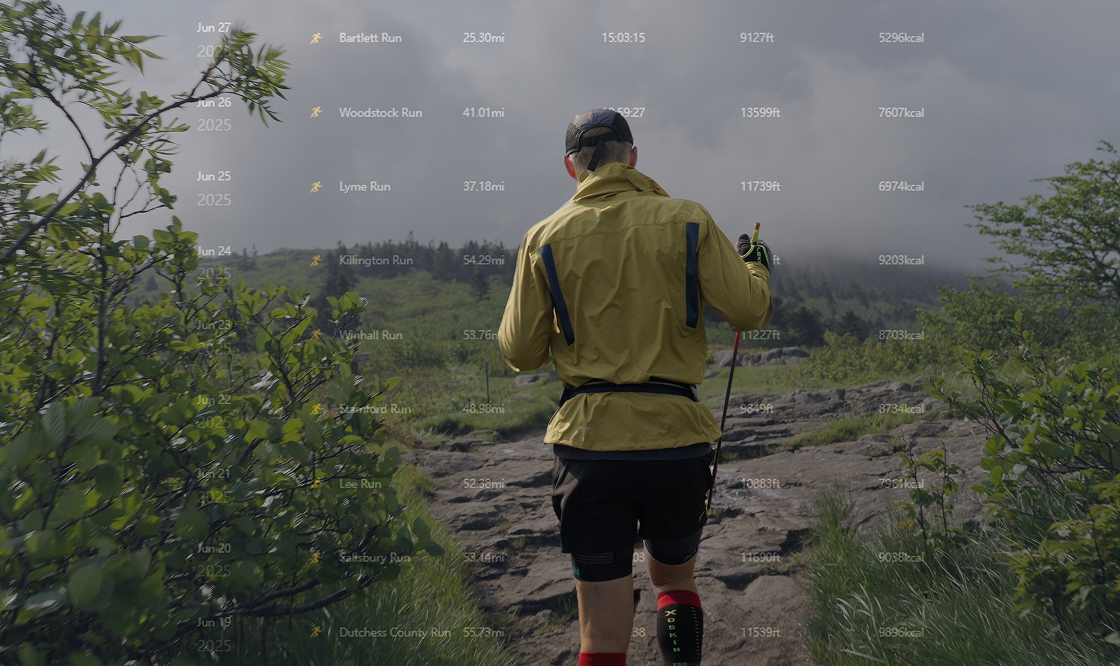
The Courage to Fail
In a world obsessed with podiums and records, Kelly’s story reminds us there is beauty in the attempt itself. “Don’t be afraid of failing,” he said. “Even if you don’t reach your goal, you accomplish so much along the way.”
As he paused his journey 300 miles short of Mt Katahdin, there is peace in knowing that he gave it his best. And just like all of us, our masterpiece won't be completed until the end of our times, but for John Kelly this was one of his finest brushes of brilliance to date.

/filters:quality(85)/fit-in/970x750/coros-web-faq/upload/images/67a28084bc07c9d3c8fbda8882a3404a.jpg)
